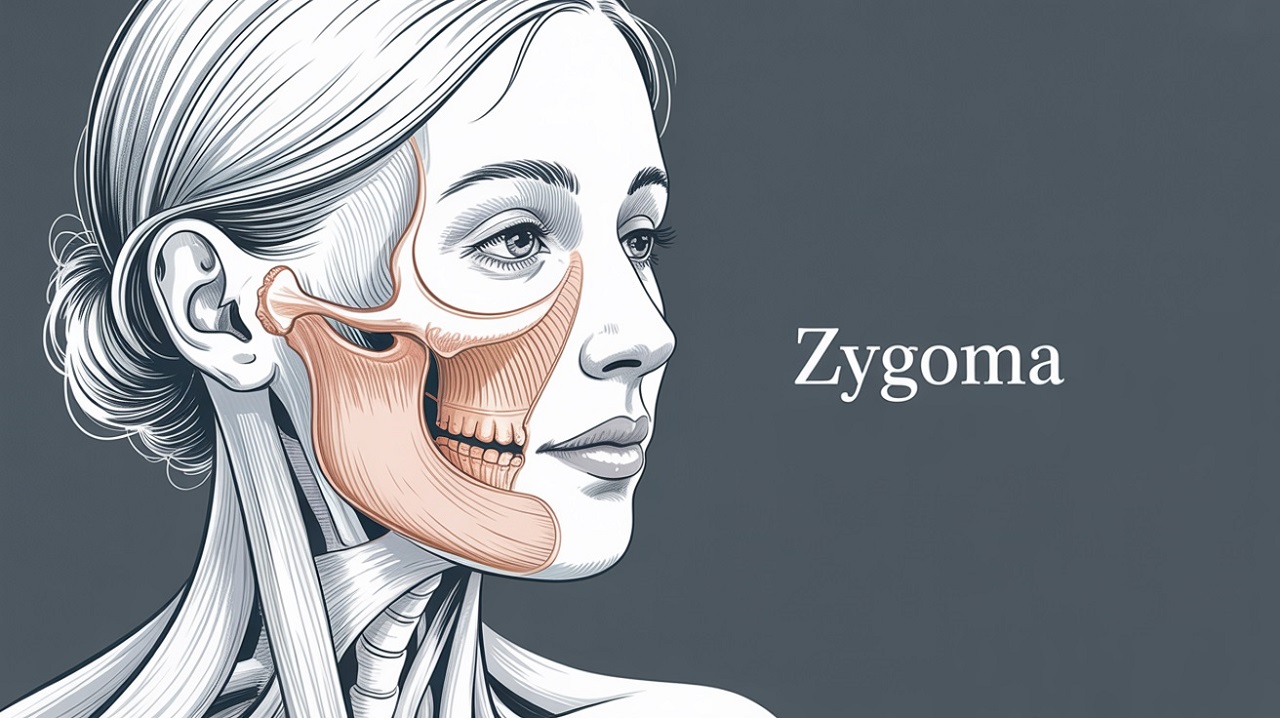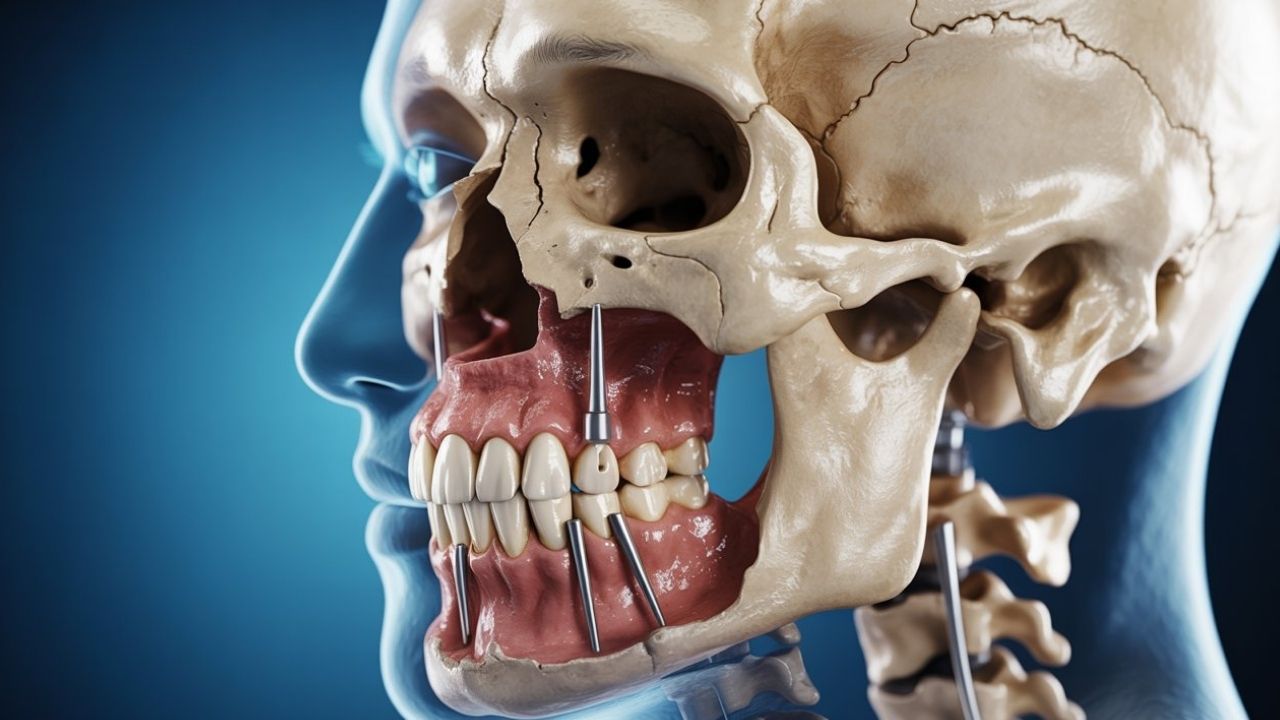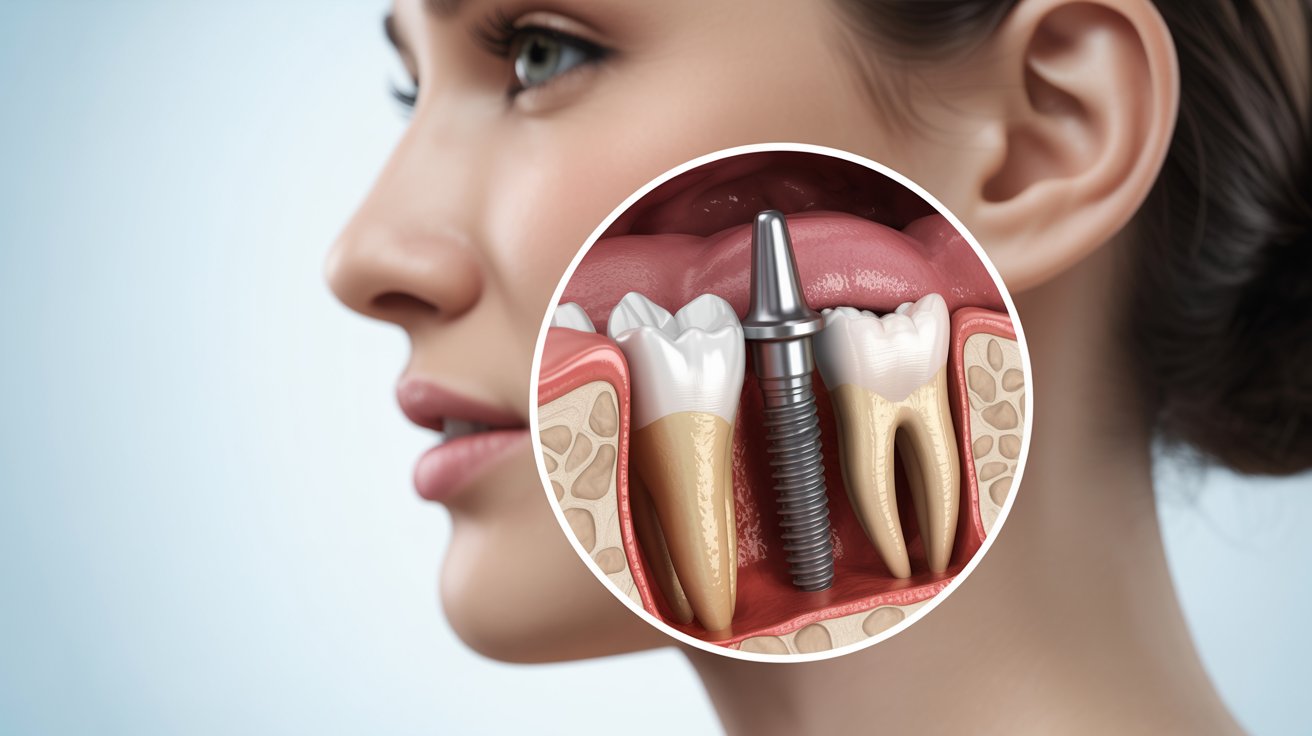The primary functions of the zygoma extend far beyond aesthetics—they are essential for facial structure, muscular function, and dynamic expression. As one of the most prominent midfacial bones, the zygomatic bone plays a critical role in both form and function.
Thanks to the Max Fax Zygoma Center, led by Prof. Dr. Celal Çandırlı, comprehensive zygomatic evaluation and advanced treatment options are tailored to restore harmony, strength, and beauty to the midface. From aesthetics to function, its influence is both structural and expressive. At Max Fax Zygoma Center, under the expert care of Prof. Dr. Celal Çandırlı, patients receive tailored treatments—from trauma repair to cosmetic augmentation—designed to restore and enhance the natural harmony of the face.
Primary Functions of the Zygoma
If you’re seeking a deeper understanding of facial structure, recognizing the primary functions of the zygoma is essential. More than just a prominent cheekbone, the zygomatic bone plays a central role in maintaining midface volume, supporting vital muscles for expression, and stabilizing the orbital and jaw regions.

How the Zygomatic Bone Contributes to Cheek Structure and Contour
The zygomatic bone, commonly known as the cheekbone, defines the lateral contour of the face. Its prominence shapes the cheek area and gives the midface its youthful projection. Loss of volume here—whether from trauma or aging—can drastically affect overall facial aesthetics.
Facial Symmetry and the Role of the Zygoma in Aesthetic Balance
Facial symmetry is a key marker of attractiveness. The Primary Functions of the Zygoma in maintaining bilateral balance makes it a central structure in cosmetic and reconstructive surgery. Even slight asymmetry in the zygomatic arches can result in a disharmonious appearance.
Zygomatic Bone and Its Support of the Orbital Rim and Eyelid
The zygomatic bone also forms part of the orbital rim, supporting the lower eyelid and contributing to eye stability. Trauma in this area can cause complications such as enophthalmos or eyelid malposition, which can be corrected through precise intervention at Max Fax Zygoma Center.
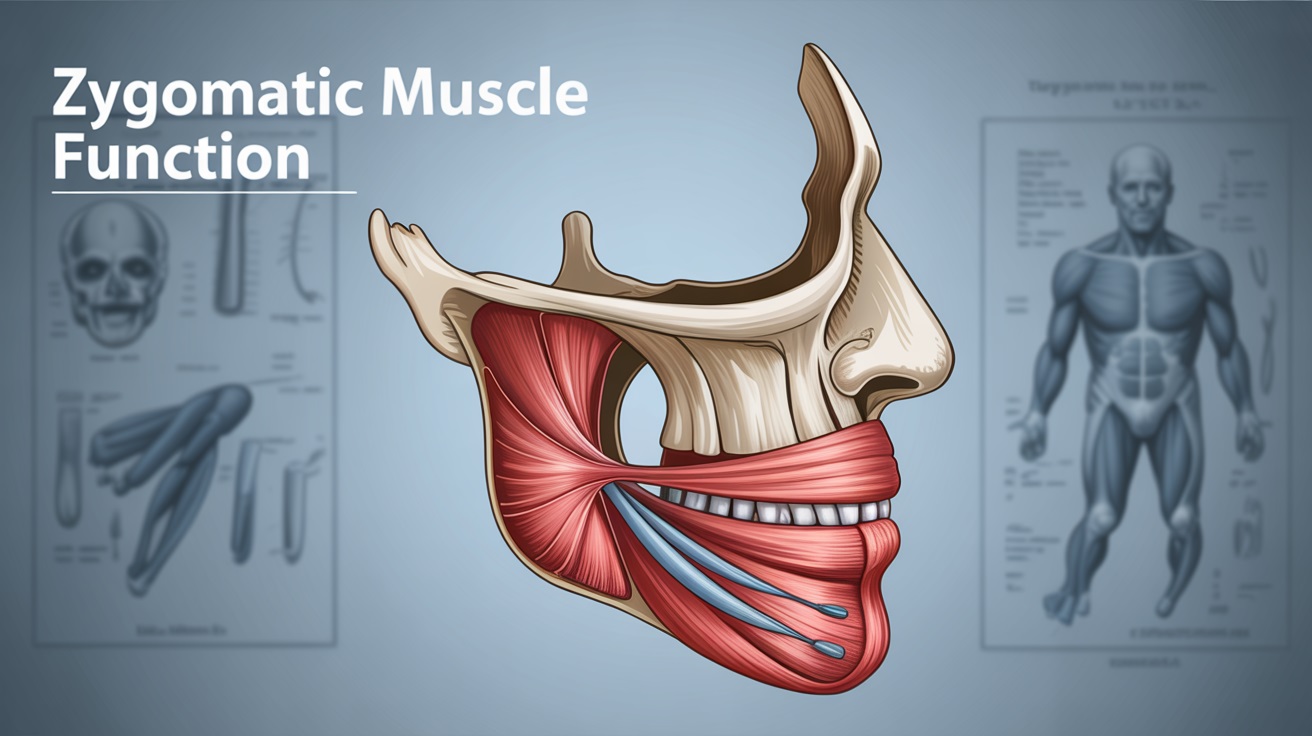
Muscle Function of Zygoma
The primary functions of the zygoma include anchoring major facial muscles. It provides the base for several expression muscles, allowing movements like smiling, frowning, and squinting—crucial to non-verbal communication.
Zygomaticus Major and Minor
These muscles, originating from the zygomatic bone, are key to the smiling mechanism. Any defect, fracture, or atrophy in the bone may impair these functions. Expert surgical care—such as that offered by Prof. Dr. Celal Çandırlı—ensures these vital muscles are preserved or restored.
Impact of Zygoma on Midface Projection and Volume
A strong zygoma’s role in midface volume ensures a youthful, vibrant look. Bone loss or trauma can lead to a sunken appearance. At Max Fax Zygoma Center, zygomatic implants are often used to reestablish lost projection and volume.
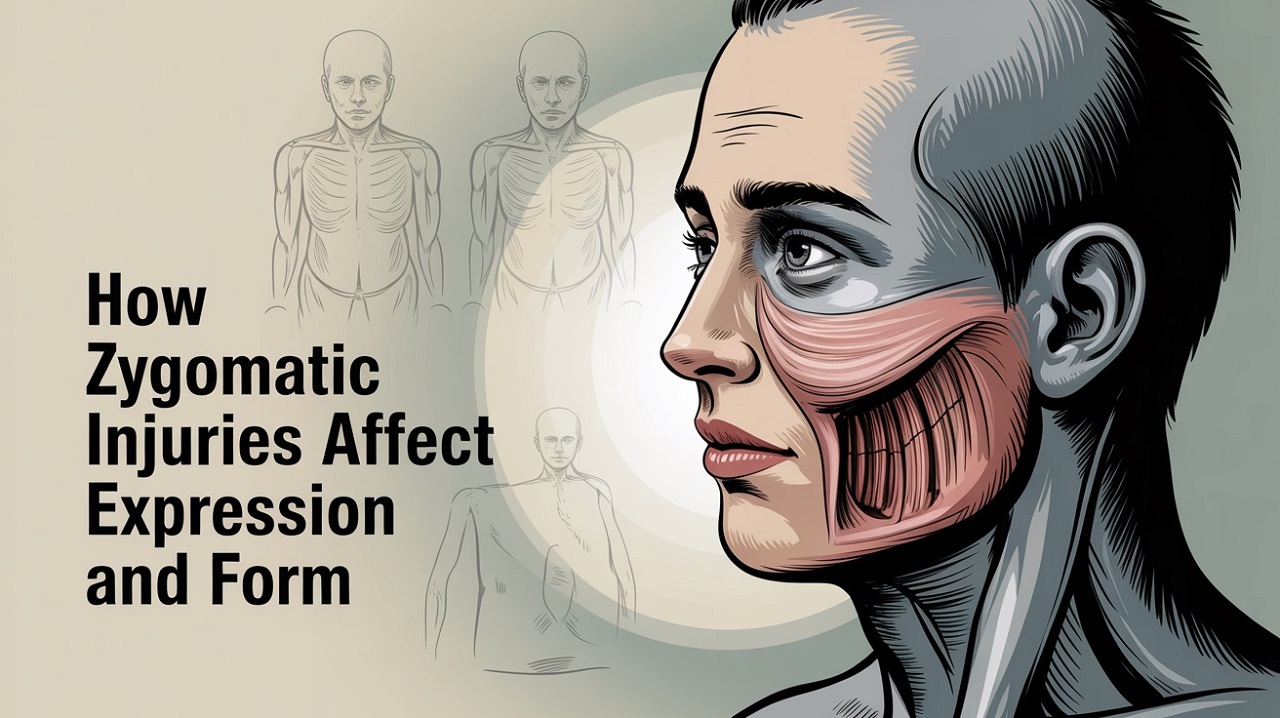
How Zygomatic Injuries Affect Expression and Form
Zygomatic complex fractures to the can affect chewing, vision, and symmetry. If not managed with precision, they can result in long-term deformity or impaired function. Our clinic employs 3D planning and real-time navigation to ensure accurate surgical correction.
Bone Resorption and Facial Volume Loss (Aging and the Zygoma)
With age, the zygomatic bone undergoes resorption, leading to volume loss and sagging. This contributes to deepening nasolabial folds and hollow cheeks. Rejuvenation at Max Fax Zygoma Center may include implants or fat grafting anchored to the zygoma.
Zygomatic Augmentation in Cosmetic Surgery for Facial Enhancement
Enhancing the primary functions of the zygoma is central to facial aesthetic procedures. Whether for augmentation or reconstruction, zygomatic bone implants offer long-lasting, natural-looking results with minimal downtime.
The Functional Role of the Zygoma in Chewing and Jaw Stability
Beyond aesthetics, the Primary Functions of the Zygoma in mastication is vital. It contributes to the structural support of the maxilla and helps stabilize the jaw joint, making it essential for efficient chewing. At Max Fax Zygoma Center, we treat not just the bone but its complex interplay with surrounding structures.
Why Choose Max Fax Zygoma Center?
Led by Prof. Dr. Celal Çandırlı, a globally respected maxillofacial surgeon, Max Fax Zygoma Center combines cutting-edge technology with clinical excellence. Whether you are dealing with facial trauma, bone loss, or seeking cosmetic enhancement, our team provides tailored treatments that respect both the form and primary functions of the zygoma.

Frequently Asked Questions
If you’re exploring treatments involving the midface, understanding the primary functions of the zygoma is essential. As a central structure in facial architecture, the zygomatic bone contributes to both form and function—from supporting expressions to stabilizing the orbital region.
Below, we’ve answered the most frequently asked questions we receive at Max Fax Zygoma Center, where Prof. Dr. Celal Çandırlı offers expert care in trauma repair, cosmetic augmentation, and zygomatic bone implants.
1. What are the primary functions of the zygoma in the human face?
The primary functions of the zygoma include providing midfacial structure, supporting the orbital rim, anchoring facial expression muscles, and contributing to chewing stability. It also plays a key role in maintaining facial symmetry and aesthetic contour.
2. How does the zygomatic bone affect facial expressions like smiling?
The zygomatic bone serves as the origin point for crucial muscles like the zygomaticus major and minor, which are responsible for smiling. Damage or displacement of the bone can impair these expressions.
3. What happens when the zygoma is fractured or injured?
Zygomatic fractures can lead to facial asymmetry, restricted jaw movement, vision problems, and loss of midface volume. Treatment typically involves repositioning the bone and sometimes using zygomatic bone implants for support and symmetry restoration.
4. Can aging affect the structure of the zygoma?
Yes. As we age, the zygoma may undergo bone resorption, leading to volume loss in the midface. This can make the face appear sunken or tired. Procedures such as zygomatic augmentation can help restore youthful contours.
5. How do zygomatic bone implants improve facial aesthetics?
Zygomatic bone implants are designed to restore lost volume, enhance cheek projection, and correct asymmetries. At Max Fax Zygoma Center, these implants are custom-fitted for natural-looking, long-term results.
6. Is zygomatic surgery painful or high-risk?
At Max Fax Zygoma Center, advanced 3D planning and minimally invasive techniques reduce risks and discomfort. Most patients experience manageable recovery and return to normal activities within days.
7. Why choose Max Fax Zygoma Center for zygomatic treatment?
Led by Prof. Dr. Celal Çandırlı, our center specializes in advanced maxillofacial procedures. From trauma repair to cosmetic zygomatic bone implants, we offer precision, safety, and aesthetic excellence in every treatment.
